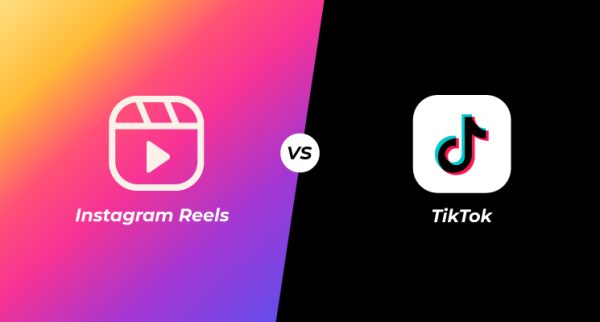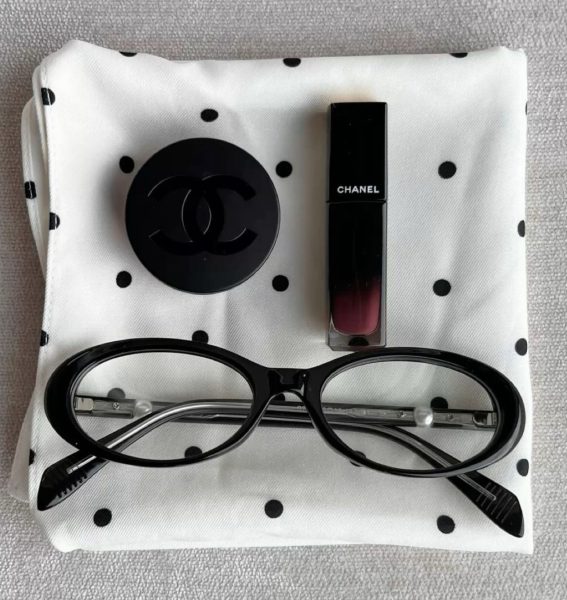The Revolution of Social Media: Snapchat

The Snapchat Logo
Launched in July 2011 by two college students at Stanford University, Snapchat has managed to revolutionize the way people communicate on social media. Valued at over $10 billion, this disappearing-image app allows people to send pictures and videos to their friends that will be gone forever 10 seconds or less after being viewed.
“Because images sent through the application self-destruct seconds after they are opened, Snapchat is being embraced as an antidote to a world where nearly every feeling, celebration and life moment is captured to be shared, logged, liked, commented on, stored, searched and sold,” says Jenna Worthom in article for The New York Times.
Liv Cuevas ’16 says, “I like Snapchat because it gives me the ability to show my friends what I am doing, it’s a different form of communication rather than iMessaging or texting.”
Snapchat has been so successful that, according to Forbes, it represents the greatest threat to Facebook. In a recent survey taken by the students of Williston, 85% of them said that they use Facebook more than Snapchat. Forbes also stated that the median age for Snapchat users is 18 while Facebook’s average age is closer to 40. This is a drastic change from what would have been noted four to five years ago.
Over 60 million photos are sent through Snapchat on a daily basis. The app allows you to keep track of the amount of videos and photos you have sent. According to the recent survey, many Williston students have sent up to or more than 20,000 Snapchats since they have started using it. Some numbers go as high as 60,000.
Snapchat can also be seen as more personal than other social media apps. According to the recent survey, majority of students at Williston said that they have between 0-100 friends on Snapchat, which is much smaller than the more than 500 that people tend to have on Facebook and other social media networks.
Another feature of Snapchat is the story. Other than being able to send pictures directly to one person, users have the ability to post pictures and/or videos called stories for all the people on their Snapchat to see. These stories disappear after 24 hours of being posted.
Teenagers send thousands of personal pictures and intimate videos across the Internet on a daily basis using Snapchat. However, how safe is it? In a time where Internet frauds and identity theft have become common, it is always useful to know how safe and secure something is.
The Snapchat privacy policy states, “A few final words on deletion: We can’t guarantee that messages will be deleted within a specific timeframe. And even after we’ve deleted message data from our servers, that same data may remain in backup for a limited period of time.”
In short, after the 1-10 seconds that an image is viewed on Snapchat it does not immediately disappear but is instead stored for an unknown period of time.
Haley Lapomardo, a Communications student at The University of Massachusetts Amherst says, “On the face of it, in signing the Snapchat privacy policy you grant Snapchat rights to what is needed on your phone to access the service, the content you give them, and the info they get from third parties. It is important to ask how expansive their network of ‘third party services’ is, and what exactly they are getting off of your phone.”
Some things Snapchat may get from your phone include information from your phonebook, your location and information from your device’s camera and photos. However Snapchat states that they will not take this these things without your consent.
With all these uncertainties about who sees your messages and images, it is important to think about how to ensure your safety on Snapchat. According to a recent survey, 72% of the Williston students said that all the people who see their stories on Snapchat know them personally. This is a key step to ensuring safety on Snapchat because these stories can reveal a lot about someone’s life for example, their location at the time of posting.
Ms. Schneider, a Math teacher here at Williston, says, “I think the users should be sure to make their accounts private and only accept friends that they know and trust.”
Haley Lapomardo says, “Because there are so many unknowns regarding collection, storage, and distribution of Snapchats, the safest policy, assuming you want to continue using the service, is to not snap anything you wouldn’t want plastered on a billboard in Times Square for your most influential mentors to see.”
She adds, “If someone you respect would have a tainted opinion of you if they saw the snap you’re about to send, just don’t send it. The 10 seconds of glory just aren’t worth the risk.”
Overall, Snapchat can continue to be an enjoyable and fun way to interact with friends if the right steps are taken to ensure your safety.
Launched in 2015, the Discover section is one of the most recent updates to the app. Snapchat describes it as “a new way to explore Stories from different editorial teams. It’s the result of collaboration with world-class leaders in media to build a storytelling format that puts the narrative first.”
Some of the major news organizations currently on Snapchat are CNN, VICE, ESPN, Daily Mail and Yahoo News. While stories only have videos and photos, the Discover section allows for longer texts in the article format, and videos.
Almost 50% of Williston students said they only watch the Discover stories sometimes while only 20% said that they watch them daily. This shows that this new addition to the app is still building up momentum. Joseph Lithcerman says in article for niemanlab.com that “many news organizations that are active on Snapchat, still view it as an experiment, and are trying out new ways to use the format.
However Snapchat has big plans morphing into a journalistic entity. The company’s head of news—former CNN reporter Peter Hamby, who was hired in April—is building a team to report on the 2016 Presidential Election. They are looking for “political junkies and news aficionados to join our team in NYC to help review Snaps that are submitted to Our Story events, and cover the 2016 presidential race and other news events for Snapchat.”
With social media being a big part of most teenagers’ lives, Snapchat is trying to tap into that and make the best of it. Reporter Kia Kokalitcheva says in article for time.com, “Snapchat could have a clear advantage in targeting younger voters, and could let candidates pay to show political campaigns to its users.”
In recent years, social medial has managed to consume the lives of many teenagers. People have become accustomed to the habit of posting or sending multiple Snapchats a day and documenting everywhere they go.
“I think some people do Snapchat too much. One of my pet peeves is when people are on their phone in group settings. I really want people to enjoy the people they are with in that moment, instead of sending selfies to other people,” says Ms. Schneider.
Just like anything else, Snapchat can be great when used in moderation and when users take precautions to ensure their safety.






